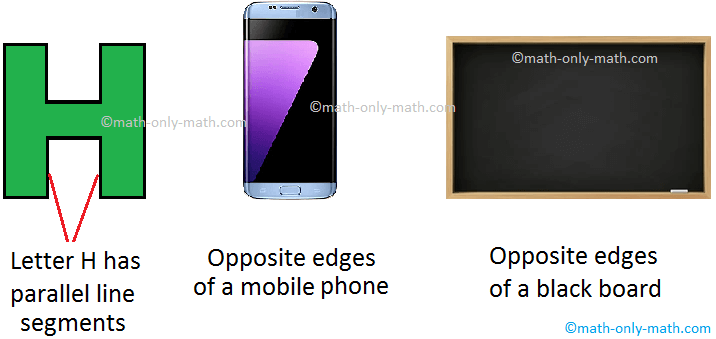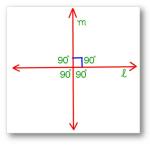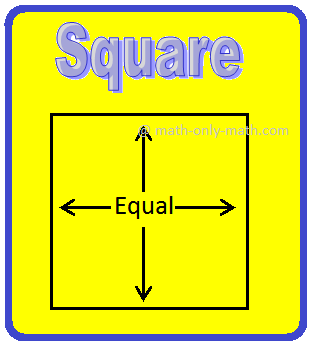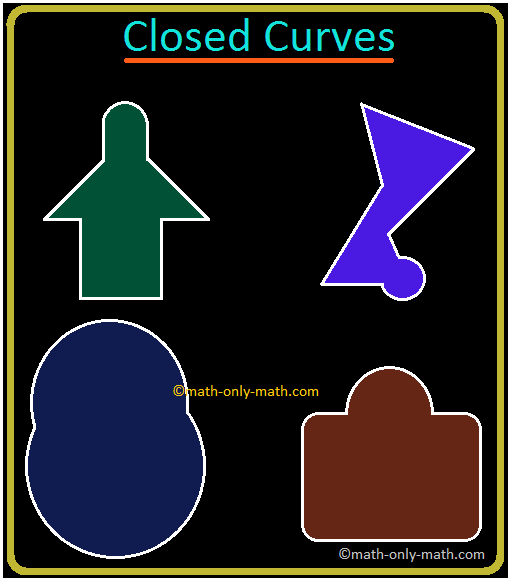Calculate Cost Price using Sell Price and Loss Percent
How to calculate cost price using sell price and loss percent?
We know that Cost Price = Selling price + Loss
Cost Price = Selling Price + \(\frac{Loss Percentage × cost price}{100}\)
Cost Price - \(\frac{Loss Percentage × cost price}{100}\) = Selling Price
Cost Price[1 - \(\frac{Loss Percentage}{100}\)] = Selling Price
Cost Price [\(\frac{100 - Loss Percentage}{100}\)] = Selling Price
Also, Cost Price = \(\frac{Selling Price × 100}{100 - Loss Percentage}\) (on Cross Multiplication);
Here, Selling Price and Loss% is known.
Solved examples will help us to find cost price when the selling price and loss% are known:
1. By selling a bicycle for $135, a shopkeeper loses 10%. How much percent would he gain or lose by selling it for $165?
Solution:
Given selling price = $135
Loss % = 10%
We know, cost price = \(\frac{Selling Price × 100}{100 - Loss Percentage}\)
= \(\frac{135 × 100}{100 - 10}\)
= \(\frac{135 × 100}{90}\)
= \(\frac{13500}{100 - 10}\)
= 150
Therefore, cost price of the bicycle = $150
Now, if the selling price = $165, then gain = $165 - $150 = $15
Therefore, gain% = \(\frac{Gain}{Cost Price}\) × 100
= \(\frac{15}{150}\) × 100
= \(\frac{1500}{150}\)
= 10%
Therefore, he would have gained 10%.
7th Grade Math Problems
From Calculate Cost Price using Sell Price and Loss Percent to HOME PAGE
Didn't find what you were looking for? Or want to know more information about Math Only Math. Use this Google Search to find what you need.
Recent Articles
-
What are Parallel Lines in Geometry? | Two Parallel Lines | Examples
Apr 19, 24 04:39 PM
In parallel lines when two lines do not intersect each other at any point even if they are extended to infinity. What are parallel lines in geometry? Two lines which do not intersect each other -
Perpendicular Lines | What are Perpendicular Lines in Geometry?|Symbol
Apr 19, 24 04:01 PM
In perpendicular lines when two intersecting lines a and b are said to be perpendicular to each other if one of the angles formed by them is a right angle. In other words, Set Square Set Square If two… -
Fundamental Geometrical Concepts | Point | Line | Properties of Lines
Apr 19, 24 01:50 PM
The fundamental geometrical concepts depend on three basic concepts — point, line and plane. The terms cannot be precisely defined. However, the meanings of these terms are explained through examples. -
What is a Polygon? | Simple Closed Curve | Triangle | Quadrilateral
Apr 19, 24 01:22 PM
What is a polygon? A simple closed curve made of three or more line-segments is called a polygon. A polygon has at least three line-segments. -
Simple Closed Curves | Types of Closed Curves | Collection of Curves
Apr 18, 24 01:36 AM
In simple closed curves the shapes are closed by line-segments or by a curved line. Triangle, quadrilateral, circle, etc., are examples of closed curves.





